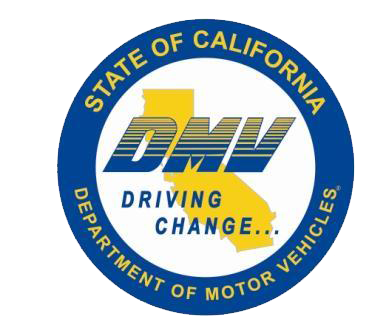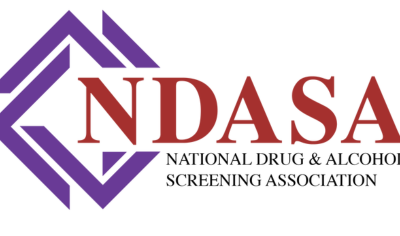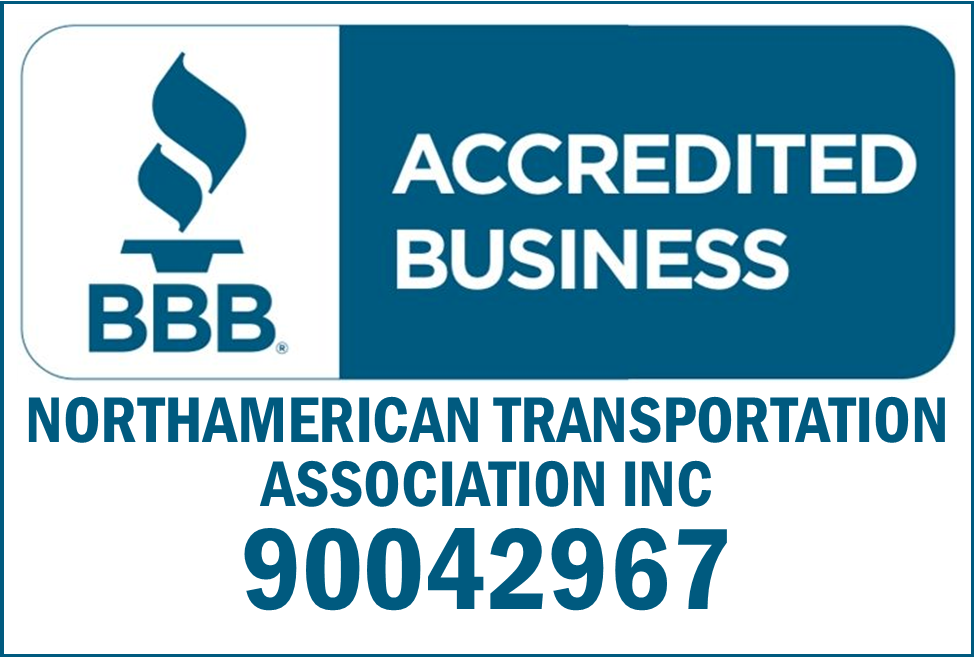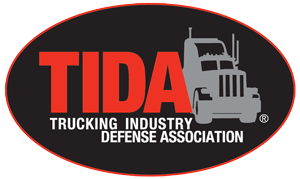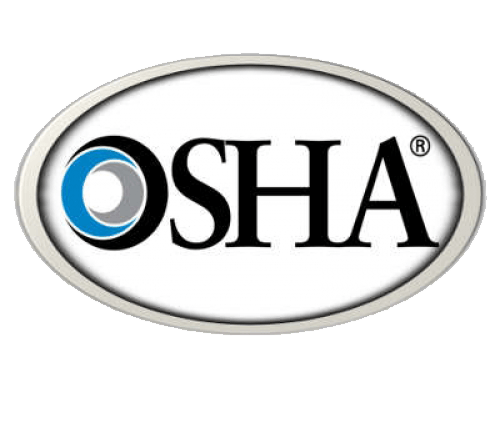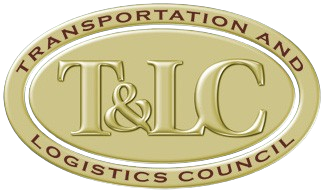Navigating Federal Mandates & Safety
Implementing the Electronic Logging Device (ELD) mandate marked a significant shift in the trucking industry, particularly for small fleet operators. While the mandate was intended to enforce existing Hours of Service (HOS) rules, it brought about new challenges that many small fleets are still grappling with today.
It has been said that the ELD mandate has made it nearly impossible for drivers to “fudge” their hours, a more common practice when paper logs were in use.

The fact that many more folks have been vocal over the ELD mandate reflects that they have more issues with the existing HOS rules rather than the mandate itself.
The pressure to meet tight schedules could push drivers to engage in risky behaviors, such as speeding or following too closely, which increases anxiety and negatively impacts driving performance.
One of the most significant issues since the ELD mandate? Finding parking.
Parking has also been such a huge topic. It was always a little difficult, but now it’s gotten magnified since there is less ‘fudging’ of hours.
The rigidity of the ELD system, which is directly linked to a truck’s engine control module (ECM), has left little room for the flexibility that drivers once had.
Balancing Small Fleet Safety and Profitability
Balancing profits and safety is a tough job for small fleets, which face pressures that bigger companies might not deal with as often. The question of whether small fleets prioritize profits over driver safety is complex. Small fleets, which make up a significant portion of the trucks on the road, often operate with fewer resources than larger fleets. This lack of resources can lead to safety programs and administrative support gaps.
Smaller fleets may not be as familiar with industry issues like nuclear verdicts and how it impacts insurance rates.
The financial pressures on small fleets can lead to decisions that inadvertently compromise safety, especially if they are not actively involved in industry events and associations that offer valuable resources and education.
Participation in industry associations such your applicable state association or the NorthAmerican Transportation Association lends itself to education and generally safer fleets.
The consequences of these safety gaps are clear: higher accident rates, increased costs, and potential driver dissatisfaction. The resulting cycle can lead to driver turnover and inconsistent freight operations, further challenging the fleet’s sustainability.
When smaller fleets are less safe, there is going to be a rise in accident rates, and the company will have to absorb that cost, which means less to the employees or contractors that work with them.
The Unique Risks for Small Fleets
Small fleets face unique risks, particularly those related to serious accidents or legal actions. Lang noted that these fleets often have minimal insurance coverage and may lack the specialized roles that larger fleets have to ensure safety and compliance.
People have to do more with less in situations like that, which can lead to gaps in safety programs.
These risks are compounded by the fact that small fleets must adhere to the same regulations as larger ones but without the same resources to manage compliance effectively.
When a large accident occurs, they may not know how to handle all the steps that successful larger companies follow.
This can leave small fleets vulnerable, particularly in the face of nuclear verdicts that could threaten their existence.
Leveraging AI for Safer Operations
Using AI technology to navigate these challenges is one way. AI technology, like that found in modern dashcams, can play a crucial role in improving safety without being punitive.
AI can categorize the entire driving day into sections, like Green Minutes, Driver Stars, moderate, and severe alerts. This comprehensive view allows fleet managers to see the full picture of a driver’s performance, recognizing good and bad behaviors.
Using AI, fleets can avoid over-penalizing drivers for minor infractions while focusing on higher-risk behaviors. Using a scoring metric is also very helpful. AI technology, like that found in modern dashcams, can play a crucial role in improving safety without being punitive.
Steps for Small Fleets to Enhance Safety and Compliance
There are several practical steps that small fleet operators can take to balance regulatory compliance with driver safety and satisfaction. He emphasized the importance of leveraging technology, such as AI and in-cab coaching devices, to reduce friction between drivers and management.
If they cannot afford to hire additional staff, embrace AI and use devices to do much of the work for you.
Additionally, don’t overlook the value of industry involvement.
GET INVOLVED in industry associations such as the NorthAmerican Transportation Association. They are committed to helping the small to medium carriers or anyone with a DOT number to keep them out of trouble. Members get discounted services and free safety consulting.
NTA’s Members Portal contained a wealth of information so that our members can take advantage of.
NTA is also an official distributor of J J Keller Products.
NTA has about ten (10) attorney firms that keep them up-to-date on the latest regulations & court decisions.
They also have a very good relationship with the Trucking Industry Defense Association (TIDA) which is a nonprofit association with members devoted to sharing knowledge and resources for defense of the trucking industry. Founded in 1993, TIDA has become the organization of choice for over 1,600 motor carriers, trucking insurers, defense attorneys and claims servicing companies.
The organization is committed to reducing the cost of claims and lawsuits against the trucking industry. Members work to develop strategies and share knowledge to defend the trucking industry in personal injury, property damage, workers' compensation and cargo claims. TIDA members advocate on behalf of the industry’s interests.
Building a network of professionals through local, state, and national associations can provide small fleets with the support and resources they need to keep their wheels on the road.
Content Disclaimer: Due to the constantly changing nature of government regulations, it is impossible to guarantee the total and absolute accuracy of the material contained herein or presented. NorthAmerican Transportation Association (NTA) cannot and does not assume any responsibility for omissions, errors, misprinting or ambiguity contained. NTA shall not be held liable in any degree for any loss, damage or injury caused by any such omission, error, misprinting or ambiguity present. It is made available with the understanding that NTA is not engaged in rendering legal, accounting or other professional service. If legal advice or other expert service is required, the services of such a professional should be sought.



